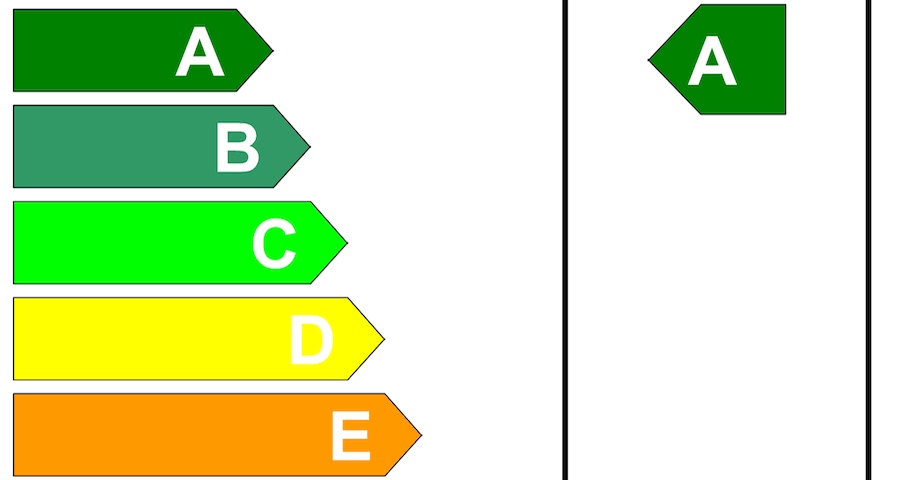
- Blogs
- Posted
Have energy ratings become an afterthought?
That’s the question I want to ask today. I’m talking mostly about the situation in Ireland, because it’s the one I’m more familiar with things over here — particularly with regards to building regulations. But the same might apply to the UK.
When energy ratings for buildings were first introduced, they were hailed as a big breakthrough — they would provide power to consumers, force developers and builders to do a better job, and push the property sector towards a more energy efficient future.
To an extent, that has happened. Energy ratings have definitely increased public awareness of energy efficiency in buildings — though there’s still far too much flouting of the legal requirement that all properties for sale or rent bare one.
But perhaps they’ve been pushed a bit towards the background as passive house has become the design and verification tool of choice for the designers of ultra low energy buildings. Again, that’s understandable — PHPP is much a more sophisticated and useful design tool than Deap or Sap.
There’s also been frustration among passive house designers that the calculation of energy ratings can be harsh on passive buildings, sometimes giving fairly mediocre ratings for buildings that consume very little energy because they fail to take account of their nuances.
But this is also understandable. The software used to calculate energy ratings has to bring all buildings, from 200 year old country mansions to modern compact apartments — into one tool, making the same assumptions about space heating and hot water use in all cases.
Building ratings aren’t here for passive house, they’re here to push the overall property market towards energy efficiency.
We sometimes notice with projects we feature, that the architect or passive house consultant will easily supply us with PHPP calculations, even measured energy performance figures — both often they don’t have the BER or EPC so readlly.
Now, of course it’s not the legal responsibility of the architect or designer to get the energy rating done — that’s the homeowners’ job. But it still feels like, for serious low energy designers, they can be a bit of an afterthought.
In a way that’s fair enough, energy ratings are quite a crude tool. And unlike PHPP, they don’t really help you to make a building better.
But they are essential for ensuring the overall quality of our building stock, which is why we need to embrace them. Those of us who believe in better buildings have for years been pushing for higher insulation and airtightness standards, better building control, better ventilation regulations, and a host of other improvements to building regs.
We can’t complain about the lack of regulations and building control in certain areas — and then to, at the same time, fail to take energy ratings seriously.
Anyway, I’d love to hear your thoughts in the comments below.







